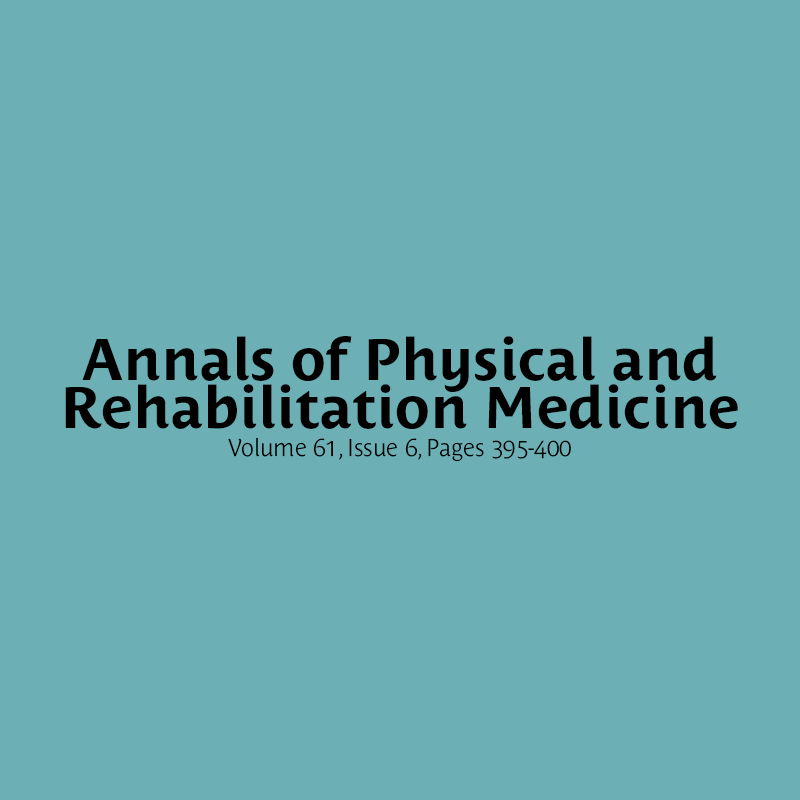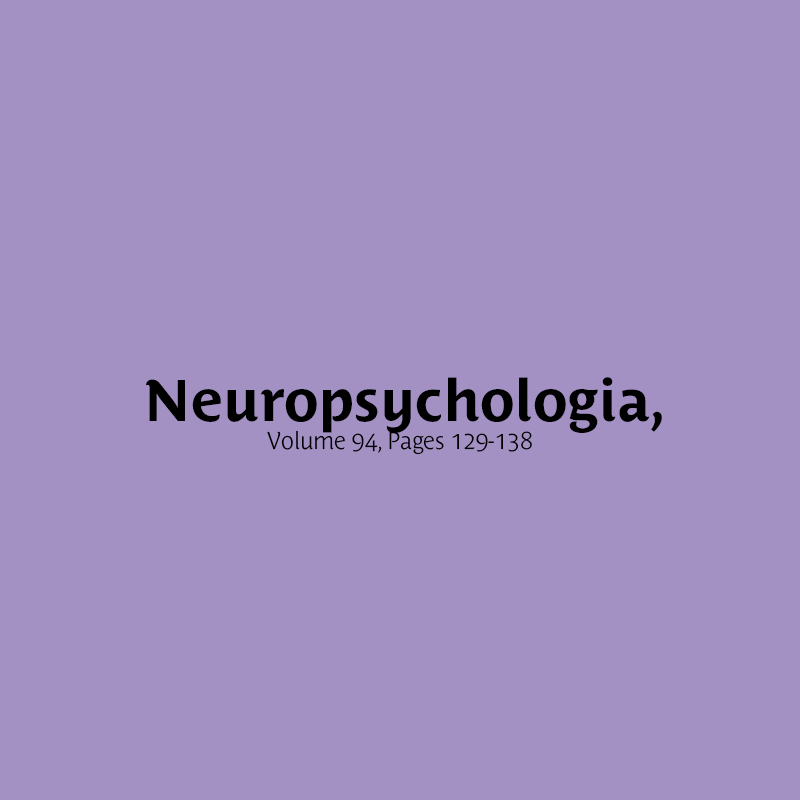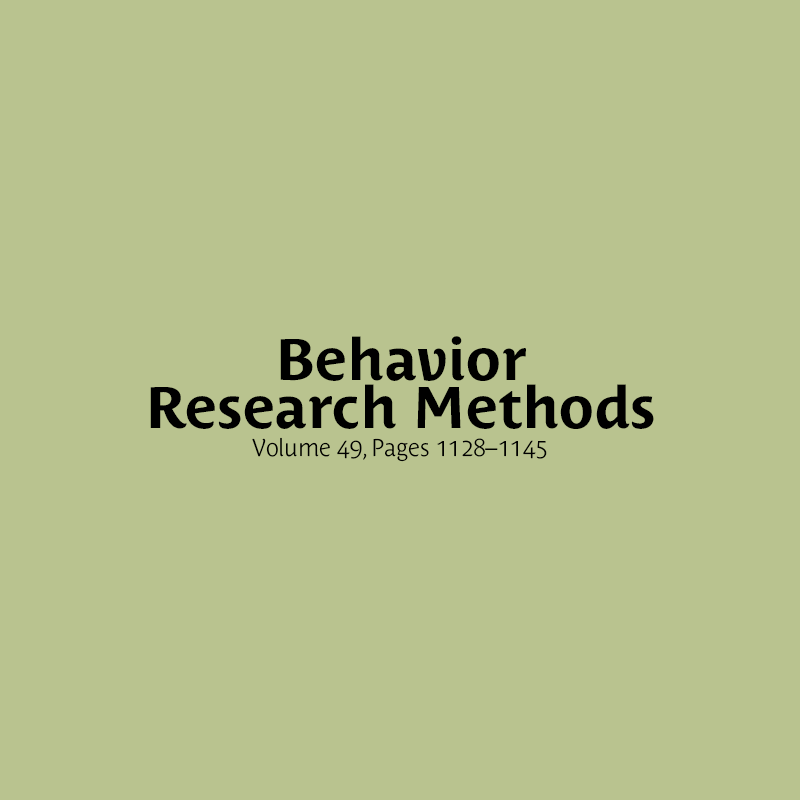What is BAASTA?
BAASTA is an innovative and normed toolkit designed for the systematic assessment of rhythmic abilities, covering both perceptual and sensorimotor timing skills. It provides a comprehensive set of tests, specifically tailored to distinguish unique individual timing profiles. This versatile tool excels in its capacity to assess a wide range of rhythmic capabilities, pinpointing individual strengths and identifying potential deficits in clinical populations with remarkable precision. Optimized for ease of use on mobile devices, BAASTA ensures accessibility and convenience, making it a very valuable resource for both clinical and research settings focused on measuring rhythmic proficiency.
Key tests implemented in BAASTA
- Perceptual Tests:
- Duration Discrimination: Testing the ability to discriminate between different time durations.
- Anisochrony Detection: Assessing the detection of rhythmic irregularities in auditory patterns, both with tones and music.
- Beat Alignment Task: Testing beat perception in complex auditory patterns, specifically in music.
- Production Tests:
- Finger Tapping: Assessing the capacity to move rhythmically, both in the presence or absence of a rhythmic auditory stimulus.
- Synchronization-Continuation: Testing the ability to maintain a motor rhythm after initial synchronization.
- Adaptive Tapping: Assessing sensorimotor flexibility in adapting movement to changes in an auditory rhythmic stimulus.
Fields of application
BAASTA serves several purposes:
- Clinical Assessment:
- BAASTA allows clinicians to evaluate rhythmic abilities in healthy and clinical populations.
- It helps detecting timing/rhythm disorders and provides valuable insights for rehabilitation.
- Research:
- Researchers can use BAASTA to investigate timing abilities across different populations (e.g., musicians, non-musicians).
- It provides a comprehensive framework for studying timing deficits and individual variations.
- Educational Context:
- BAASTA can be used in educational settings to enhance our understanding of rhytmic processes.
- It can provide guidelines to optimize education strategies, in situations where rhythmic abilities play a critical role.
Scientific validation and evidences
Mobile version of the Battery for the Assessment of Auditory Sensorimotor and Timing Abilities (BAASTA): Implementation and adult norms
https://doi.org/10.1101/2023.07.21.550031
How BAASTA works?
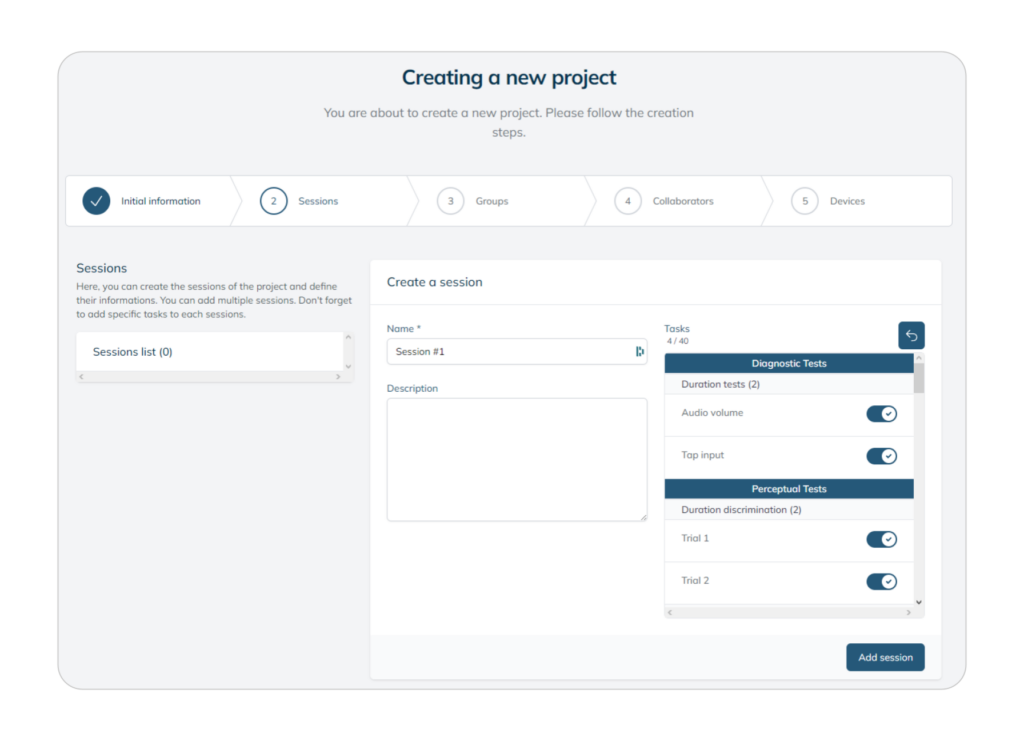
Step 1
Easy configuration of your project

Step 2
Tests performed on a dedicated tablet app.
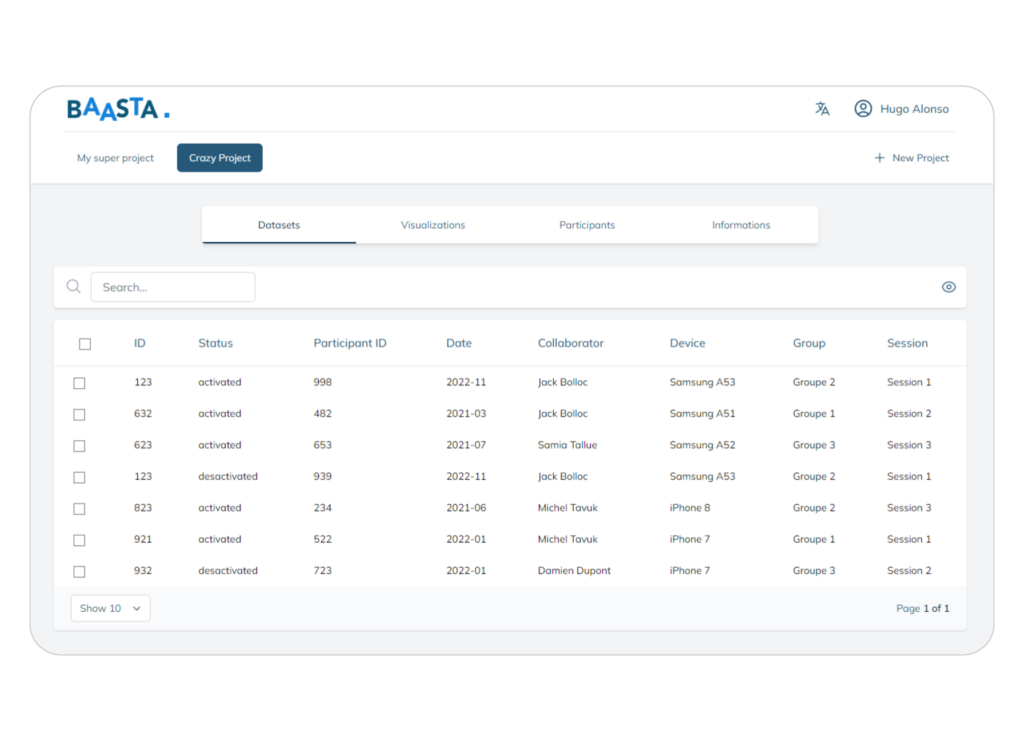
Step 3
Data is synced on a local server and analyzed through BAASTA web interface
❝BAASTA is the result of two decades of work in our lab in optimizing a set of rhythmic tests affording a precise assessment of rhythmic abilities, in a variery of groups and clinical populations. The more recent implementation of BAASTA on mobile device makes this is an affordable, accessible and inclusive tool for profiling rhythmic abilities for research and clinical purposes.❞
Dr. Simone Dalla Bella, co-director of BRAMS

Use cases
EuroMov

Parkinson
In the context of a large clinical study aiming to optimize and individualize rhythmic auditory cueing for gait rehabilitation in Parkinson’s disease, BAASTA is used to assess the effect of the intervention on rhythmic abilities.
Patients complete the battery of tests before and after an auto-rehabilitation program. The outcomes from BAASTA will enable researchers to elucidate the relationship between the effects of cueing on gait and patients’ ability to perceive and synchronize with auditory rhythms. This marks a step in the direction of a more personalized approach to cueing to maximize its benefits for rehabilitation.
BRAMS
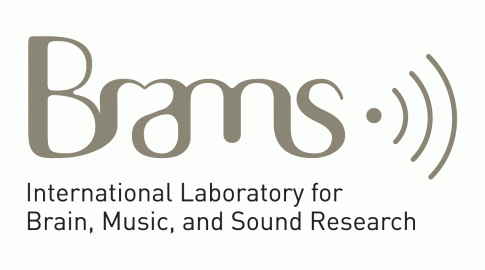
ADHD and Autism
BAASTA is used in the context of clinical studies, currently at the proof-of-concept stage, with the goal of testing the effect of serious rhythmic games on cognitive functions in children with neurodevelopmental disorders.
In separate studies children (7 to 13 years old) with ADHD and with Autism Spectrum Disorder are tested remotely using a telerehabilitation protocol with a serious rhythmic game, and BAASTA serves to test rhythmic abilities before and after the training. The battery will serve to identify the individual conditions fostering remediation of cognitive functions, leading to improved future music-based treatments for these neurodevelopmental conditions.
Leipzig University

Stroke
In this cross-sectional study, BAASTA is used to test the relationship between rhythmic abilities and cognitive functions in stroke patients. Deficits in rhythm perception and production have been observed in neurological disorders, and this study examines the association between cognitive deficits and brain damage resulting from stroke. The results of the study will enhance our understanding of the connection between cognitive functions and rhythmic abilities in stroke patients, paving the way for future rehabilitation strategies that involve rhythm-based interventions.
Who are we?
Founded by 7 doctors in Neurosciences, Movement Sciences, Medicine and Computer Sciences, beatHealth places rhythm at the heart of its Health and Wellness projects. The company maintains fruitful collaborations with multiple research and R&D teams in Europe, North America, Asia and Oceania.
You’re a lab and want to use BAASTA ?
Contact us !
We can adapt our offer to your needs: depending on the number of participants, the analysis, the tasks you use, the duration of your study, etc.
Contact us so that we can discuss the offers that will suit you best.

